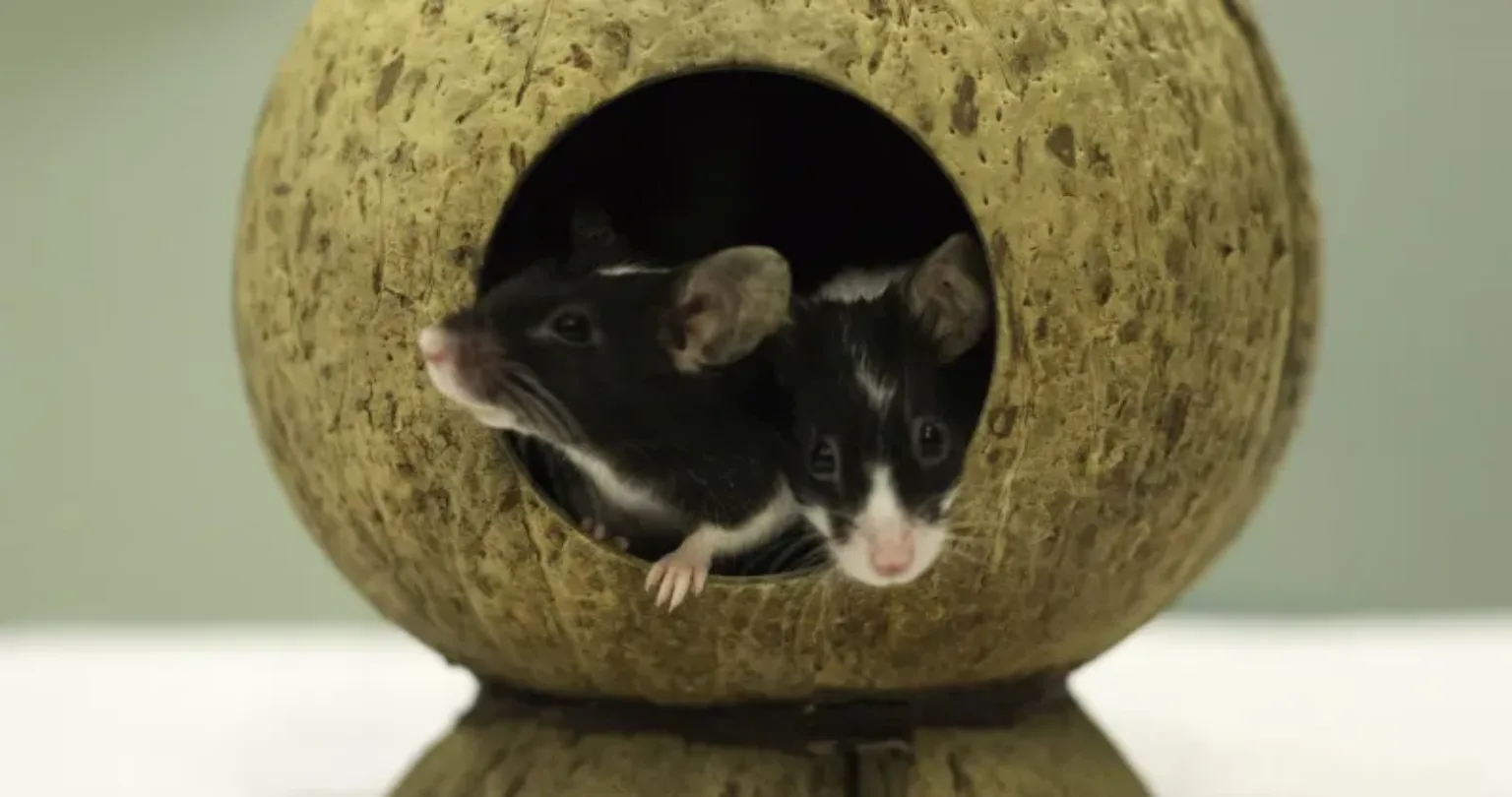Fireworks: how to keep your pets safe
Find out how to recognise fear in your pets and keep them safe and happy.

You should keep your mice in pairs or small groups of females or neutered males and females. They are very sociable little animals who thrive in the company of others. Here we look at how to introduce your mice to each other and what to look out for when it comes to a successful mix.
Mice are fascinating pets to own, you could spend hours just watching them and seeing how they spend their days. Most of the time, you’ll just find them sleeping together in a huddle, following each other as they explore their enclosure, or grooming one another. Mice really do rely on the company of others to live happy and healthy lives. When it comes to knowing how many you should keep, it all depends on their age and gender.
Here are a few things to think about before rehoming a group of mice:
Yes, male mice can live together but it’s a bit of a lengthy process. A group of males often start out as a litter which can then be split into smaller groups. Young males can live together until they start to mature and this this point their raging hormones can lead to the odd squabble. Once you notice this friction, it’s best to separate them and have them neutered.
Once the males have been neutered and fully recovered from the procedure, they can be reunited once again as long as the mix is successful. Now the neutered males can be introduced into groups of female mice, or live as pairs.
Mice don’t need to just live in pairs, they can live in groups, as long as they have a strong bond with their own species. They’ll tend to sleep together and maintain their enclosure and help clean each other.
A group of females can happily live together in pairs or small groups regardless. They tend to be more accepting of newcomers, including males especially if introductions are careful and gradual.
Before you start any introductions, make sure you thoroughly clean out the cage you plan to do the mix in. This will ensure a neutral territory with no trace of any scent from either mouse. Then you can have fun setting up with lots of interesting areas and objects for them to explore.
A few hidey-holes will offer welcome refuge, but make sure that you can easily step in to remove them if they start to squabble. Once the cage is set up, the mice can be placed in at the same time.
Usually they’ll just walk straight past each other and explore their new surroundings. It can take between one hour to two days for the mice to develop a bond. You should be able to tell if the mix is likely to work within the first hour.
If you follow all the steps above, there’s an excellent chance your mice will bond and become lifelong friends.